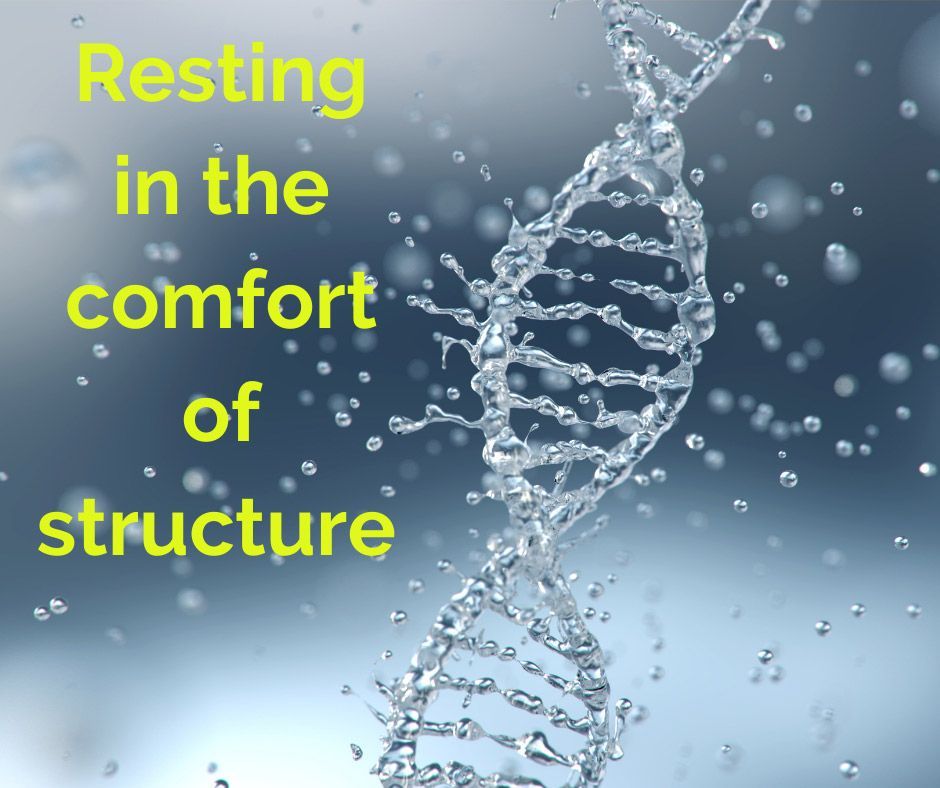Avoidance, Fear, and Mental Health: Learning to Move Through, Not Around
Avoidance is one of the most natural responses we have to fear and discomfort. When something feels threatening—whether it’s a difficult conversation, an overwhelming task, or a painful memory—our brains are wired to steer us away. In the short term, avoidance can feel like relief. But over time, it can quietly reinforce anxiety, limit growth, and contribute to the development or worsening of mental health conditions like depression, generalized anxiety, and PTSD. It becomes a cycle: the more we avoid, the more fearful and helpless we feel.
A healthier relationship with fear begins by recognizing it not as a signal to retreat, but as a messenger. Fear often points to something meaningful—something we care about, or something that challenges our sense of safety or identity. In therapy, we work to create space between the fear and the action. This means noticing the fear without immediately acting on the urge to escape. When we approach our fear with curiosity instead of judgment, we can begin to take small, intentional steps toward what we’ve been avoiding.
Cultivating this kind of relationship with fear is not about becoming fearless; it’s about learning that we can feel fear and still move forward. Exposure, mindfulness, and values-based action are just a few tools that help us shift from avoidance to engagement. With support and practice, we learn that growth often happens not in the absence of fear, but in our willingness to meet it with compassion and courage.




















